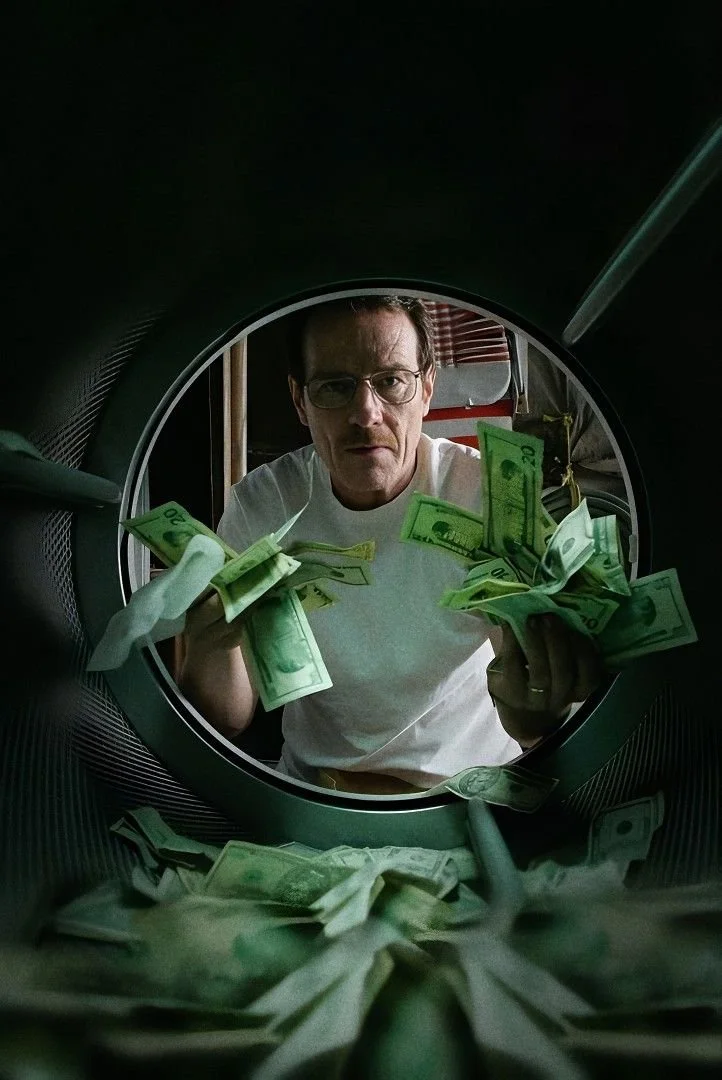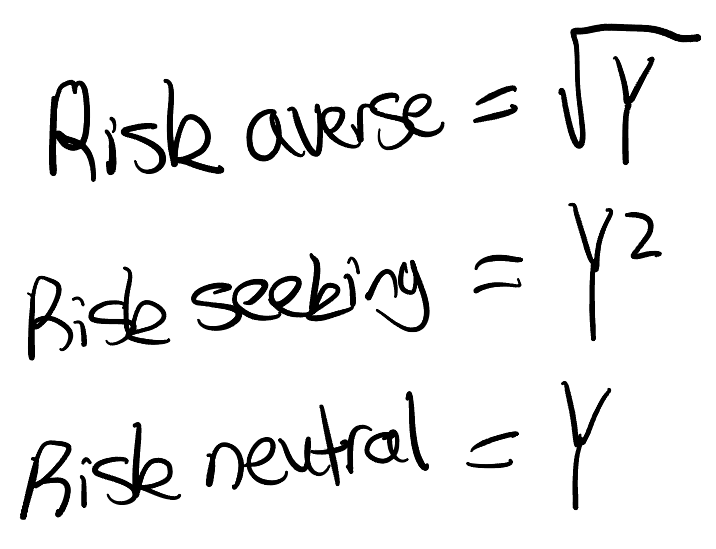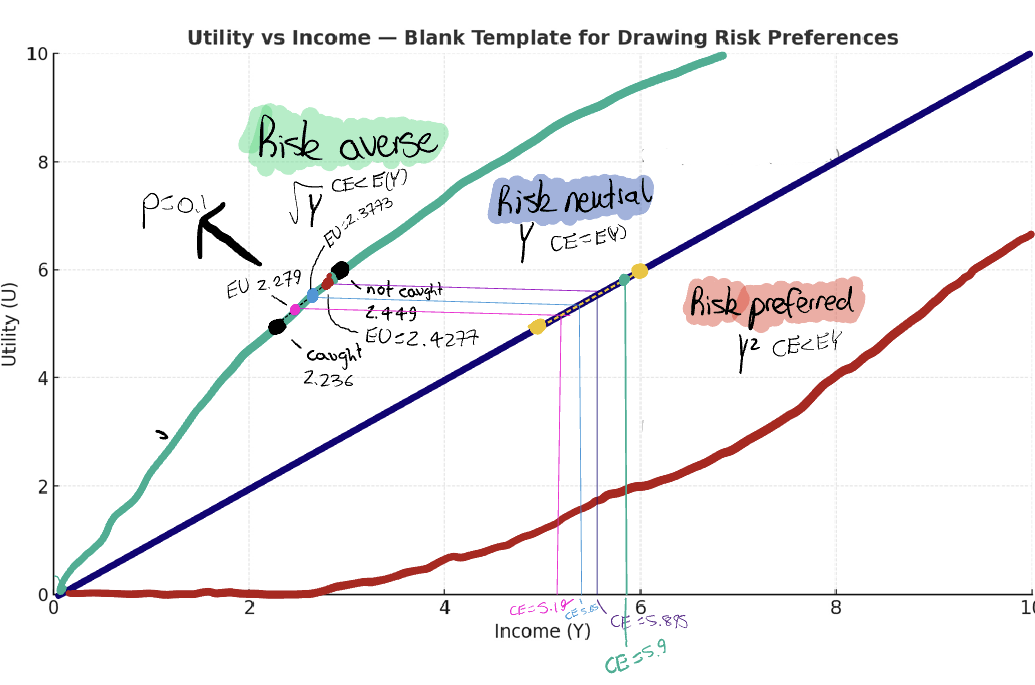Part 2: The Economics of Crime
Liam Scotchmer
References listed below.
3 Minute Read
Economics of crime is very interesting. I read part of a research paper by Gary Becker (I think he is quite famous) and because criminals can weigh the cost and benefits of their crime* he derived a formula for crime:
In part 1 of 3, we dive into how money laundering works. Later, we go deeper into the economics of money laundering and crime.
Part 1: How money laundering works:
“the process by which criminals attempt to conceal the fact that their assets originate from crime.” (Ruairi, 2024)
Please click here to see how the mathematics is performed.
For this article, I won’t dive deep into the numbers, however the formula is essentially finding an individuals expected utility (satisfaction) for the x axis. It includes a utility function. For the y axis, it is a simple formula to find the expected income.
The utility function is dependent on the individuals risk preference:
The calculation resulted in differently shaped curves:
Concave (risk averse)
Convex (risk seeking)
Linear (risk neutral)
These curves are shaped this way because eventually, the risk preferred (convex-red) would rise exponentially, and the risk averse (concave-green) would plateau. The risk neutral (linear-blue) is linear of course.




